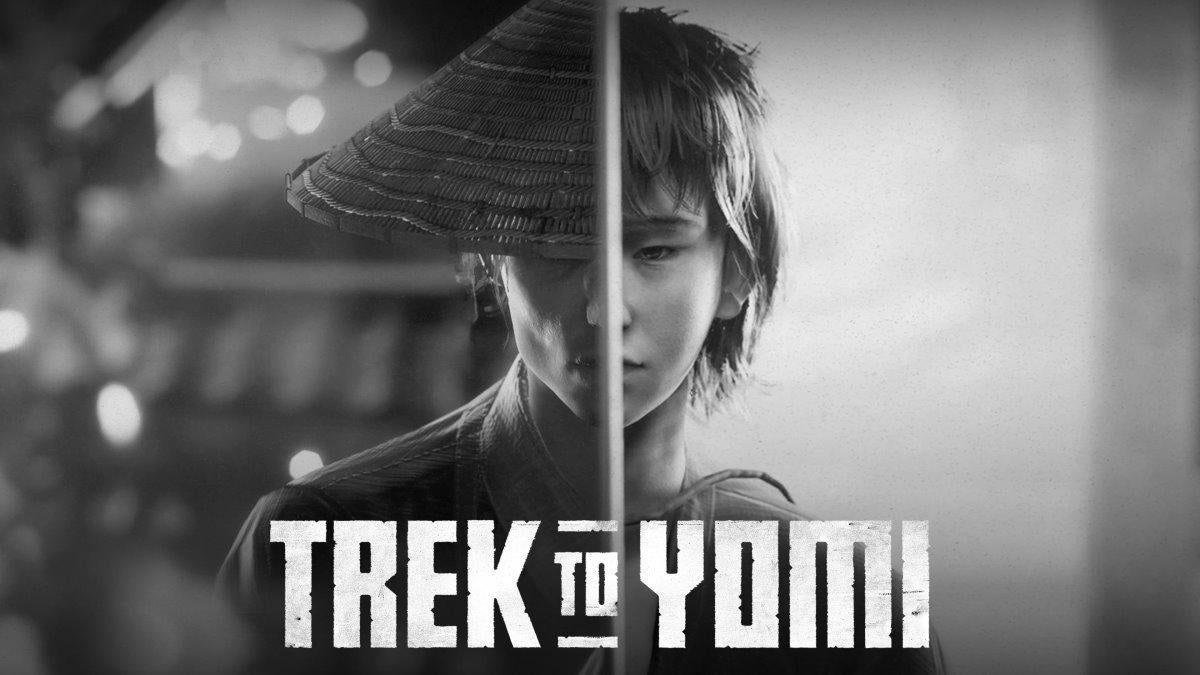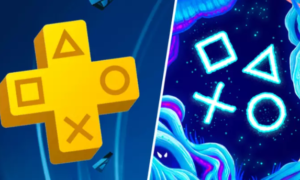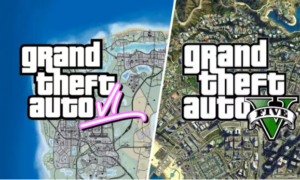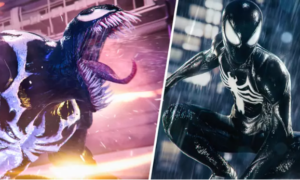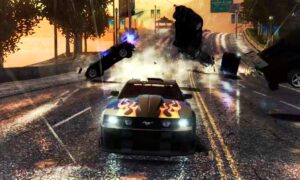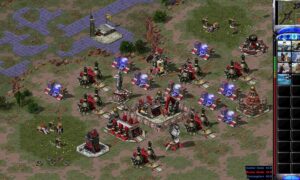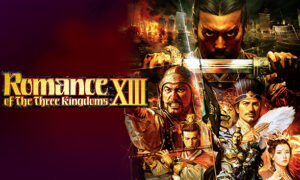TREK TO YOMI REVIEW – BLACK AND WHITE (PC).
Trek to Yomi is a film inspired by Akira Kurosawa’s works. This game is about a samurai trying to fulfill his responsibilities. However, he must also fight through hordes enemies.
Trek To Yomi fascinates. Rarely does a side scrolling action video game offer this kind of spectacle. It’s also rare to see a game with such a strong emphasis on shot composition during normal gameplay. This game isn’t new in every way, but it’s not boring. Although the visuals are stunning, the combat is not able to sustain the end of the experience. The Japanese mythology provides a fascinating backdrop for a plot but the story doesn’t quite stick. It would be unfair to simply label Trek To Yomi a disappointment, but its potential makes it all the more disappointing.
It shows its influences proudly. A love for classic samurai films was evidently a driving force in the game’s development. This inspiration is also reflected in the gameplay. The Flying Wild Hog developers clearly knew what they were doing. It’s evident that their passion for the work is apparent. This passion is why I find the whole package so frustrating. The game offers hints of promise at every turn that never materialize.
STORY: FLIP the SCRIPT
It is difficult to talk about Trek To Yomi without revealing key elements. It starts as a traditional tale of samurai, with little else. It doesn’t take too long for a twist to change this story and send Hiroki (the protagonist) on a completely different kind of adventure.
Hiroki, a samurai, is faced with the challenge of balancing his duty as a protector of his village and fulfilling a promise to his childhood friend. He must choose between his humanity and the humanity of his enemies. These choices can often feel empty and pointless, however. They are often not accompanied by significant consequences and can feel hollow.
This plot is a twist on an old Japanese legend and it’s quite interesting. This is a topic that isn’t often discussed in fiction or games, and it’s nice to see. These mythical elements are used to tie together the game’s themes and justify gameplay decisions. Although it isn’t the most insightful or profound story ever told, it has more to it than that.
GAMEPLAY: THE FINAL CUT
Trek To Yomi’scombat has a terrible reputation for being a samurai-action game. Parries feel light and lack punch, gravity, or any kind of attack. It’s not a problem that’s unique to this game. However, it does mean there is a severe lack of enemy variety. It is a shame that combat in a game of this potential falls so flat.
Although you can unlock many combos and hidden moves during your adventure, most of them are almost ineffective. During my playthrough, I kept coming back to the Stunning Combination. You can kill stunning enemies instantly by using specific moves. This reduces the difficulty of combat by trivializing a lot of it and feels like an inappropriate solution to an issue that didn’t exist.
It makes fighting much easier but it is also frustratingly necessary. Endurers often take a lot of hits to get down. This makes them a necessity rather than an afterthought. They can also slow down the pace of battle which is a problem that connects to larger problems.
FRESH PERSPECTIVE
Side-scrolling is one of Trek To Yomi’smost intriguing features. This adds a cinematic flair to combat that is reminiscent of the classic samurai movies which the game clearly influenced by. It does have its problems. One of the problems is that the combat requires the player to manually change their direction mid-battle by pressing one button. Although it may seem like a lot, it isn’t intuitive and causes more problems than it solves.
This perspective also creates friction with your enemies. Although they may take turns fighting you sometimes, they can also feel overwhelming. The enemy has a greater range of movement than the player which makes fights less satisfying. Several types of enemies felt unfairly superior to the player.
TWO AND A HALF DIMENSIONS
Trek To Yomi might be the only game I feel comfortable classifying 2.5D. This label is usually meaningless to me, but it might work here. It is common for the game to switch between 2D or 3D playable space. It is a crucial part of gameplay even though it doesn’t change much.
This is evident in areas with varying appeal. The occasional puzzle is the most lacking, and it’s hard to believe that they even feel worthwhile. These puzzles require you to find characters and match them in an arbitrary order. They are very simple and not challenging. They aren’t very challenging and, to be honest, they would make the game lose zero.
The gameplay also includes elements from the background and foreground. You will be hit with a hail of arrows by archers, and horsemen will use their swords to reach unreachable places. They are welcome to spice things up, and while they can be helpful, they don’t really add much. It’s amazing to see how enemies can suddenly stumble into water after being defeated. Or the way that the camera angle changes during cinematic set pieces. These small details add weight to the action.
This cinematic flair is evident in Trek To Yomi. It is amazing what this game can accomplish, despite its shortcomings in the technical side of things. It would have been great if it had taken these ideas and applied them to the core gameplay.
GRAPHICS AND AUDIO – RULE OF THE THIRDS
The visuals are by far the best example of Trek To Yomi’s influence. The entire game, including the menus and UI, is in black and white. The game’s lack of colors is not the only thing that makes it stand out. It also features cinematographic choices that are highly representative of certain eras of film. This style is sure to delight movie lovers and create a unique, memorable atmosphere.
This game is a great example of how cinematic games can be. The game’s look is flawless. There’s even artificial film grain. It’s amazing to see a game take on the look of another medium. Many games have attempted to look retro but very few have tried looking vintage.
SCENE CHEWING
Trek To Yomi is unique and well-designed. It also looks great from a technical perspective. It’s one of my favorite games to take screenshots of. I’m proud to say Red Dead Redemption II is one of my favorite games. Every frame is stunning because of the liberal use of fixed camera angles. It is also a refreshing departure from videogame standards.
Although not as innovative as the visuals’ sound design, it is still well-crafted. It does what it is supposed to do. The music is a weak link in the overall aesthetic. It isn’t irritating, but it isn’t memorable. The Japanese voice acting is a highlight. The performances are excellent, even if you don’t speak the language.

